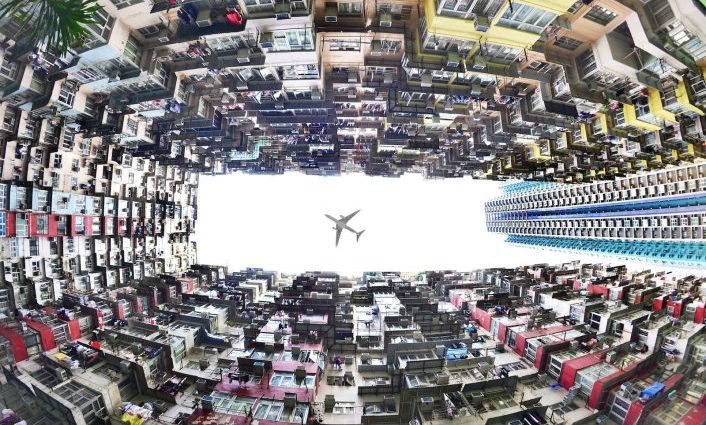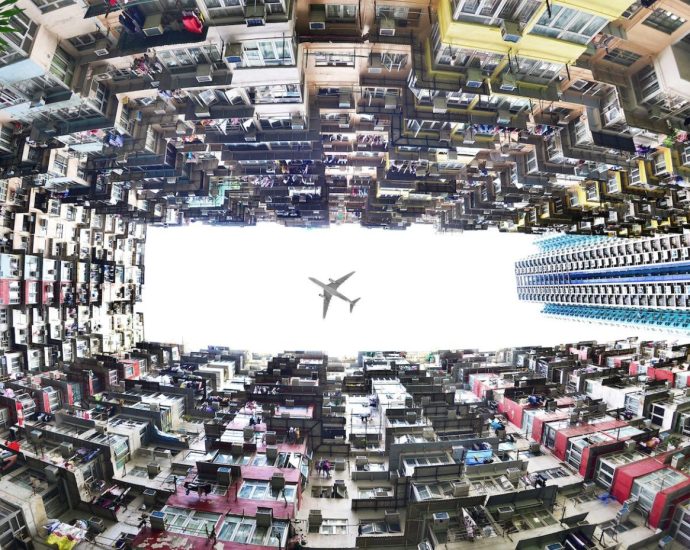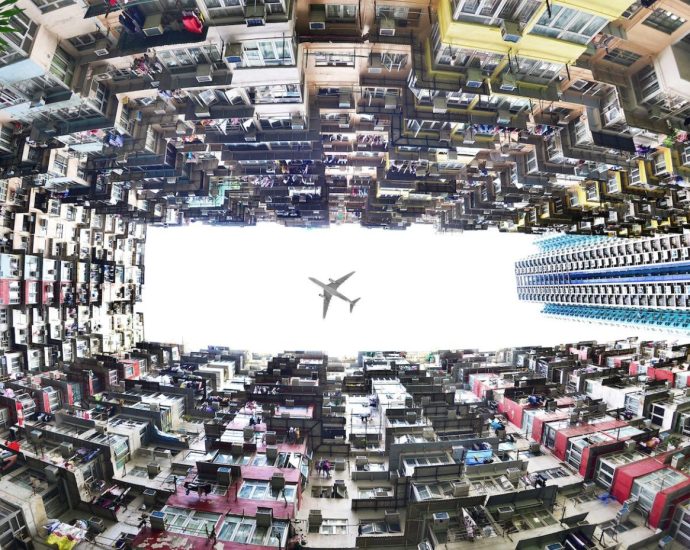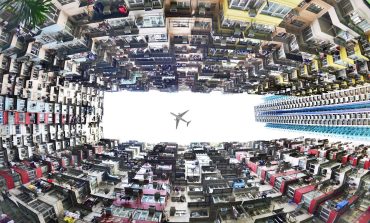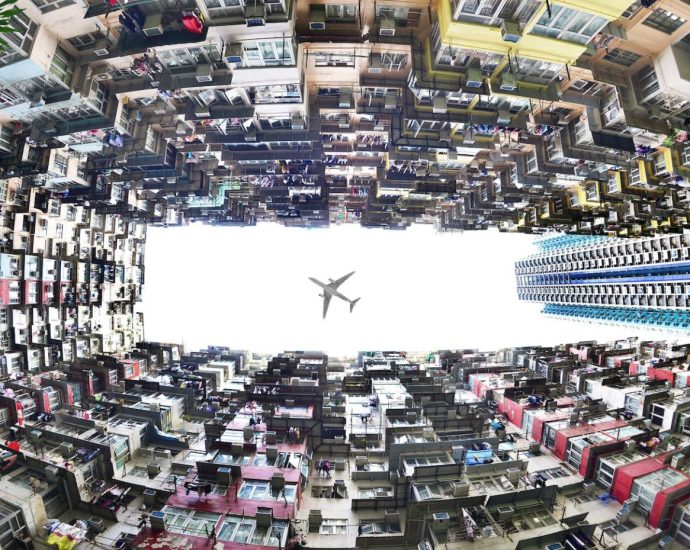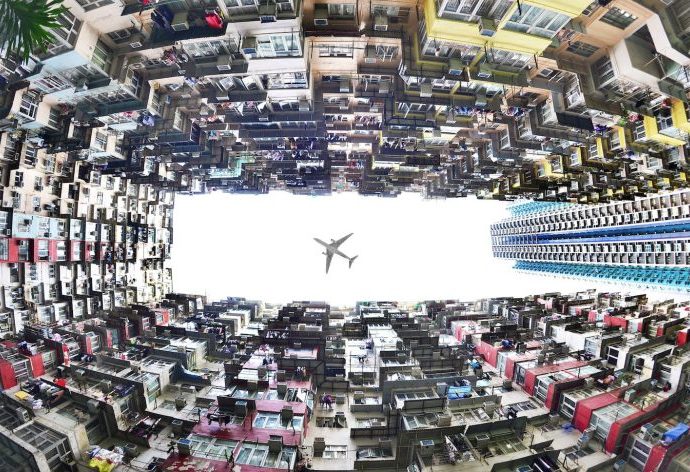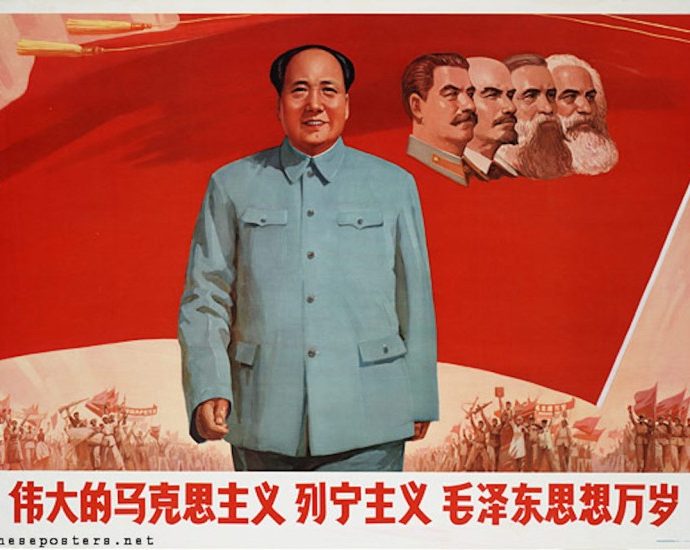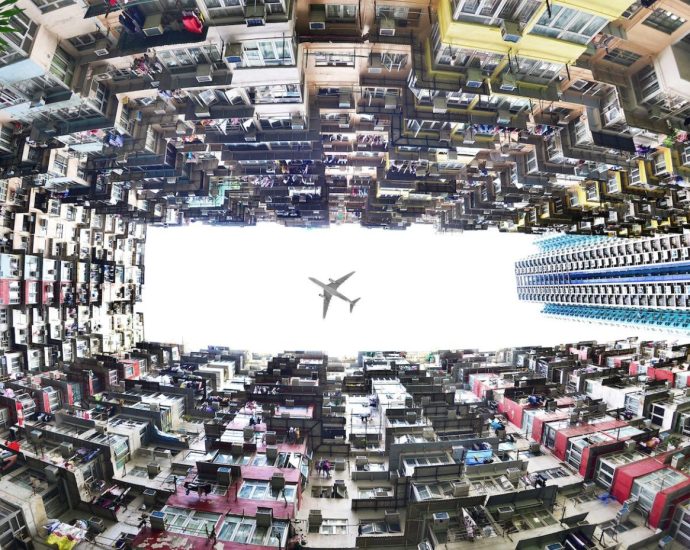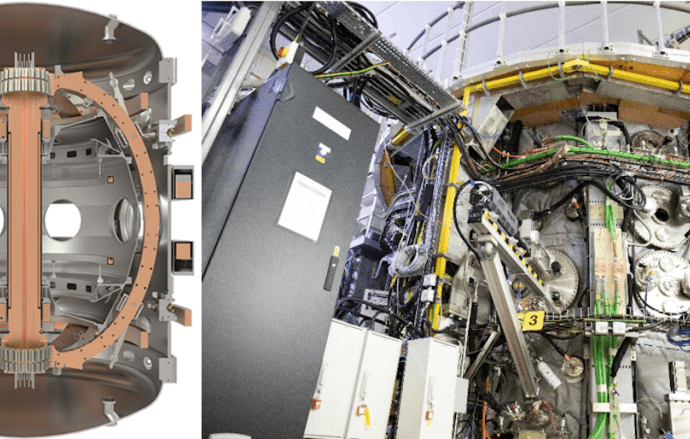The Wars of the Roses: that’s us, that is
Binge-watching Shakespeare’s “The Wars of the Roses” — “Henry VI” parts 1 & 2 and “Richard III” — you realize nothing changes.
On this month’s 400th anniversary of the First Folio’s publication, what looks like a simple squaring up of combative parties is more a dodecahedron of feuding interests. Scratch the surface and deduce that humanity is less straightforwardly angel-and-devil, even if lunacy and the callous intent of leaders tell us otherwise.
Out of three BBC Shakespeare series currently being broadcast by a Britain in sharp decline and waxing nostalgic about the high points of its culture, the 2012 BBC series, “The Hollow Crown”, with Benedict Cumberbatch as Tricky Dicky, enthralled me the most.
I’m not Cumberbatch’s biggest fan, but in this he was superbad, summoning mesmerizing subtleties of demonic malice and wearing a prosthetic hump a lot better than Richard wears the crown.
If “The Elephant Man” told us beauty is only skin deep, “Richard III” returns us to an age when a deformed body is seen as a corporeal manifestation of the devil within. Yet Cumberbatch injects psychological light and shade into one of theater’s greatest villains.
I’ve watched the 1965 and 1983 versions of “The Wars Of The Roses” in the past month, but was confused even while viewing with my laptop open at history pages and stopping to check who was stabbing who in the back and why.
In Peter Hall’s classic 1965 production for the BBC, a modern audience can easily lose the plot. Unkind souls might assume this is because we have the memory of goldfish.
Others might put it down to a now-dated acting style dependent on a bellowing vocal delivery, exemplified in the much-parodied Donald Sinden playing Richard, Duke of York.
I like David Warner in his later screen incarnations but I never quite believed him as the fragile Henry since the strong character that made him a favorite baddie was never far below the surface. His vocal approximation of weakness is never convincing. The series is also hamstrung by the limited, fuzzy black-and-white camerawork of the period, and by being stage-bound.
There’s a Great Leap Forward with the BBC Shakespeare Collection from 1983, but its faithfulness to the entire unedited text sometimes hampers its narrative thrust and clarity. The children’s playroom mise en scene and hyper-theatrical style also renders it obtrusively stagey.
This beautiful box set is impressive and eminently strokable, but it’s the 2012 BBC series “The Hollow Crown” that brilliantly nails the throughline via expeditious editing (much of Joan of Arc’s arc is left out) and the amplification of the subtext in unspoken actors’ business clarifying what’s happening. Glossy production values and location filming also help.
Shakespeare’s story is an entangled briar patch. Trouble starts with the descendants of King Edward III (1312-1377) and his wife, Philippa of Hainaut. Actually, it goes back even earlier to Geoffrey of Anjou, the French count who founded the Plantagenet dynasty. Yes, our British monarchy is not only German but French. Very French.
It’s a given that Henry VI (1421-1471) is as weak as Richard II (1367-1400) before him, Richard being the tragic usurped son of Edward, The Black Prince, the eldest son of Edward III.
That line of succession is snuffed out with childless King Richard’s death, propelling the line of the second son — Lionel, Duke of Clarence (1338-1368) — to pole position, led, at the time of the play, by Richard, Duke of York (1411-1460) through his mother Anne, Lionel’s great-granddaughter.
York is also father of Edward IV to be, George “drowned in a butt of Malmsey wine” Duke of Clarence, and a misshapen creature named Richard. These are the white roses of York.
However, the snuffing has been done by upstart Henry Bolingbroke — son of John of Gaunt, Duke of Lancaster, Edward III’s son number THREE — the regicide who crowns himself Henry IV by clearing out Richard II to make way for the Lancastrian line: the red roses.
Henry IV’s son, Henry V, unleashes the dogs of war and wins back swathes of French home turf for his band of brothers. His sensitive son, Henry VI, loses it all again and leaves the power vacuum without which we would not have had the drama, or, probably, the current crop of Windsors.
You may now have some sympathy for my recourse to the laptop when cutting through the history thickets of the War of the Roses’ family tree.
How would Shakespeare manage to flatter his royal audience and avoid offending his murderous patrons by pointing out that, actually, the Plantagenets had the better claim to succession, being descended from the second son?
You could present them as syphilitics, psychos, sadists and child killers whose deformed bodies are manifestations of twisted souls. Or incompetent mad fools who brought it upon themselves.
Henry VI falls into the latter camp. Several times he makes a decision providing a plot point that you know is going to have grim consequences. However, it’s only in the 2012 production that you get the full face-palm revelation that his well-intentioned decisions are going to reap the whirlwind. At times you want to yell, “He’s behind you!”
Henry is blind to the depths of the seething rivalries and hunger for power that permeates even the furniture. The throne is referred to throughout as “the chair” as if this is going to disguise the vaulting ambition of his family.
Shakespeare employs Greek tragic irony, where every step his protagonist takes to create harmony and enjoy a peaceful life is the very move that makes his relatives spit blood.
When Henry’s uncle, the neutral Gloucester, is killed by the Lancastrians, Henry banishes red rose Somerset and Suffolk. So far, so decisive. However, the manipulating Queen Margaret, Henry’s wife and daughter of the current Count of Anjou, pleads her lover Somerset’s case. Henry’s feeble character is further revealed when he relents, enraging the Yorkists and turbo-charging the drama.
This is a cynic’s take on human relations in favor of the strong man (or woman – Elizabeth I would have seen the play) who will restore equilibrium and God’s order. Shakespeare knew how to flatter his audience even if it means abandoning the Christian “blessed are the peacemakers.”
Even when characters do make decisions, hubris abounds and the fallout mounts. A bad decision is as bad as timidity if it’s the wrong choice. No sooner is Edward IV on the “chair” than he seizes defeat from the jaws of victory by rejecting the French princess and marrying widow Elizabeth Woodville, of course, infuriating everyone.
Despite the playwright’s efforts, our sympathy is with Henry VI when he’s traumatized by the Battle of Towton, with carnage which has been compared to the Somme; stripping away his power along with his clothing and tossing his crown into a river. He never wanted this role, having been made king at only nine months old on Henry V’s death.
Not for him dad’s self-justifying rationale, “What watch the King keeps to maintain the peace, whose hours the peasant best advantages.” Henry VI longs for “white hairs and a quiet grave.”
“O piteous spectacle! O bloody times! While lions war and battle for their dens, poor harmless lambs abide their enmity. Weep, wretched man, I’ll aid thee tear for tear and that our hearts and eyes like civil war.”
The choice back then was defeat or destruction: “If you contend, a thousand lives must wither.” Sad to see today’s power politics reverting to a barbarous age where diplomacy and the common good of humanity are blown up because one side has to crush, kill and destroy the other.
As ever, ultimate blame falls on women, even in Elizabethan times. Joan of Arc is defamed as being a vengeful witch rather than a freedom fighter for France. And Henry’s wife, Margaret of Anjou, is the she-wolf who exploits poor Henry and is the source of the Thirty Years War between Plantagenets and Lancastrians.
It was the French who coined the phrase cherchez la femme — “look for the woman” when incapable of taking responsibility for their own drives and errors. Blame everyone else, indulge your rage, take everything.
The First Folio’s 400th anniversary finds us coming full circle, only five years after it seemed peace was breaking out across the world, with a stabilizing global economy and growing prosperity.
As Richard III says:
“I am determined to prove a villain
And hate the idle pleasures of these days.
Plots have I laid, inductions dangerous,
By drunken prophecies, libels and dreams,
To set my brother Clarence and the king
In deadly hate the one against the other“
Like I said, nuthin’ changes. Watch out for the Dicks.
Anna Chen is on X, formerly Twitter, at @WHampwildlife

